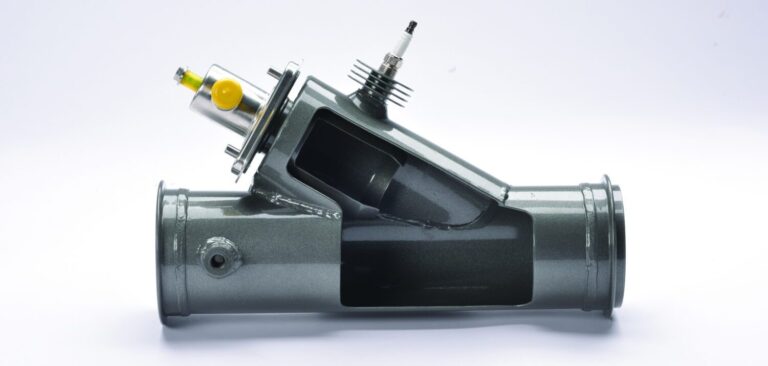Tenneco and Eaton will partner to develop and produce an integrated exhaust thermal management system to aid vehicle manufacturers in meeting stringent upcoming emissions regulations set for light commercial vehicles and trucks.
The next set of Euro 7 emissions standards for light-duty vehicles, and the Euro VII for heavy-duty vehicles, is expected by 2025, with the California Air Resources Board (CARB) and the US Environmental Protection Agency (EPA) to release similar regulations in 2024 and 2027 respectively. The rulings will call for a 90% reduction in NOx limits, with OEMs looking for further emission reductions solutions to meet this.
Under the partnership, the duo will combine Tenneco’s Cold Start Thermal Unit (CSTU) and Eaton’s own TVS blower technology to create an integrated exhaust thermal management system. The newly developed components will work in tandem to provide heat to a vehicle’s aftertreatment system to aid in reducing harmful exhaust gases and emissions. After the SCR is heated to around 200-250°C, the vehicle’s aftertreatment system can then convert NOx efficiently, thus creating a cleaner emission from the exhaust. The TVS Roots blower enables airflow to be precisely controlled, allowing the CSTU to work at the most efficient temperature.
Nick Morley, director of global advanced engineering at Tenneco’s Clean Air business group, said, “CSTU is an active thermal management technology that rapidly heats and maintains the emission control system temperature. Since the majority of emissions are generated during the initial start of engine operation and during extended idle conditions, the addition of an integrated exhaust thermal management system in front of the catalyst enables rapid light-off and efficient NOx conversion through the full range of operating conditions.”
“It became clear about three years ago that future CARB and EPA NOx regulations would be drastically stricter than they are today, and the exhaust thermal management system is an effective technology to actively heat up an aftertreatment system for commercial vehicle diesel engines to dramatically reduce cold-start NOx emissions,” explained Justin Hopkins, technology development manager, Eaton’s Vehicle Group.
“Tenneco is an established leader in the design and development of aftertreatment solutions,” commented Dmitri Konson, vice president, global engineering, for Tenneco’s Clean Air business. “We are pleased to partner with Eaton to develop a fully optimized system for engine manufacturers, leveraging our aftertreatment technology and engineering capabilities.”
Internationally, OEMs are currently selecting which technology to aid them in reaching Euro 7 and Euro VII emission standards, with Tenneco and Eaton’s already gaining interest. Both units, comprising the CSTU and the TVS blower, will be sold separately by Tenneco and Eaton, but are easily integrated at the vehicle production stage, with production of the integrated thermal management system to commence in 2025.


